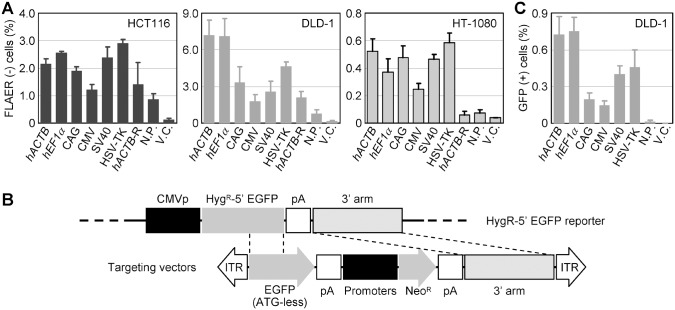Figure 6. The impact of a promoter driving NeoR expression within AAV-based targeting vectors on gene targeting efficiency.
(A) PIGA gene targeting efficiency achieved with AAV-based targeting vectors carrying various promoters. The cell lines denoted in the graphs were infected with the targeting vectors shown in Figure 5A, selected with G418, processed for fluorescence-labeling of GPI-anchors with FLAER, and analyzed by fluorescence FCM. The ratios of FLAER-negative cells which represent PIGA gene-targeted cells are shown (mean ± s.e.m.; n = 3). (B) Schematic representation of an experimental system determining gene targeting efficiency using a HygR–5′ EGFP fusion reporter gene. The HygR–5′ EGFP reporter vector (top) was introduced into DLD-1, and a cell clone stably expressing the HygR–5′ EGFP gene was established. This reporter clone was then infected with AAV-based targeting vectors harboring various promoters (bottom), selected with G418, and FCM-analyzed. The diagram is not drawn to scale. (C) The gene targeting efficiencies determined based on the HygR–EGFP reporter system. Shown are the ratios of GFP positive cells which represent the frequency of homologous recombination events occurring between the reporter and the targeting vectors (mean ± s.e.m.; n = 3). An unrelated AAV vector harboring the NeoR gene was used for V.C. For abbreviations, refer to legend for Figure 1.

